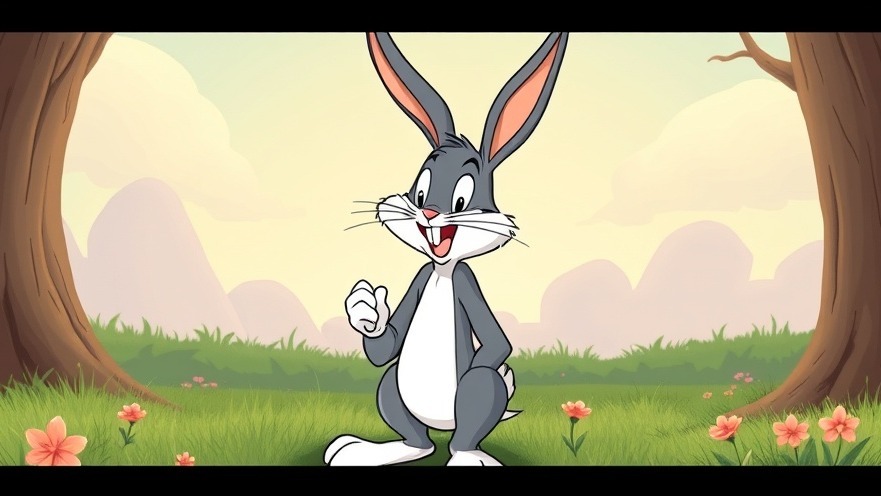
A Unique Case: The Bugs Bunny Defense Explained
The peculiar idea that a cartoon character might play a role in a person's death may sound outlandish, yet the case emerging from California raises questions about the influence of media on behavior. In this case, Richard Schlesinger reports for CBS on the "Bugs Bunny defense," invoking pop culture to delve into the psychology behind actions taken by individuals. The story highlights the intersection of entertainment and reality, challenging our perceptions of personal responsibility.
The Impact of Media on Behavior and Perception
Cartoons like Bugs Bunny have entertained generations, but they also propagate specific behaviors and attitudes that can shape viewers' perceptions. As children grow up watching these characters, they may internalize the antics and whims presented in these shows. While it might be tempting to laugh it off as simple entertainment, the potential for media to influence actions and thoughts is a serious subject of study. Psychological research often explores how repetitive media exposure can affect behavior, particularly among younger audiences who are still forming their social understanding.
Analyzing the Facts of the Case
In the California case, the defense contended that the deceased acted in a manner reminiscent of Bugs Bunny's antics, suggesting there may have been an overlap between reality and cartoon logic. This case becomes a pivotal example of how courts deal with unconventional defenses that draw from popular culture. It opens up discussions about accountability in an age where media narratives can blur the line between right and wrong.
The Role of Pop Culture in Legal Frameworks
The way legal systems adapt to modern challenges is noteworthy. The "Bugs Bunny defense" isn't the first time a cultural reference has been used in court, and it certainly won't be the last. Such cases provoke a broader societal debate on how effectively the legal framework can categorize actions influenced by external factors like media. Are individuals responsible for their actions if they can argue that their decisions were heavily influenced by popular media? This presents a moral quandary and raises deeper ethical considerations about justification and blame.
Historical Context: Media Influence on Society
Throughout history, the portrayal of violence and heroics in film and television has prompted reactions from both scholars and the public. From the explicit imagery of the early cinema era to the daring narratives of modern streaming services, media has consistently shaped societal norms. The idea of using media in defense during trials may sound eccentric, but it reflects a growing consciousness of the long-haul effects media exposure can play in real life.
Could This Set a New Precedent?
The “Bugs Bunny defense” exemplifies the emerging trend of multimedia influence in social and legal contexts. Experts ponder whether this case could set a new legal precedent for how courts perceive external influences in criminal proceedings. With numerous arguments arising around media's impact on youth, social behavior, and crime rates, the resolution of this case might lead to greater scrutiny of media narratives and their implications for society at large.
The Future of Media and Responsibility
As society becomes increasingly engrossed in digital content, the boundaries of media influence continue to evolve. Legislators, educators, and media producers must engage in discussions around the responsibilities that come with creating and disseminating content. Programs that support media literacy and critical thinking can empower viewers to navigate complex narratives and understand the effects on their lives.
Ultimately, the “Bugs Bunny defense” opens a Pandora's box, not simply about accountability, but about the nature of storytelling in our society. As we continue to consume varied media, striking a balance between enjoyment and responsibility will be vital. Awareness of the content we watch and its impact on behavior is not merely a personal choice but a communal responsibility.
For further insight and exploration into the intersection of media and accountability, it's vital to engage in conversations around media literacy. This case encourages us to reflect on the entertainment we consume, how it shapes actions and opinions, and the potential implications for both ourselves and society.
 Add Element
Add Element  Add Row
Add Row 



Write A Comment